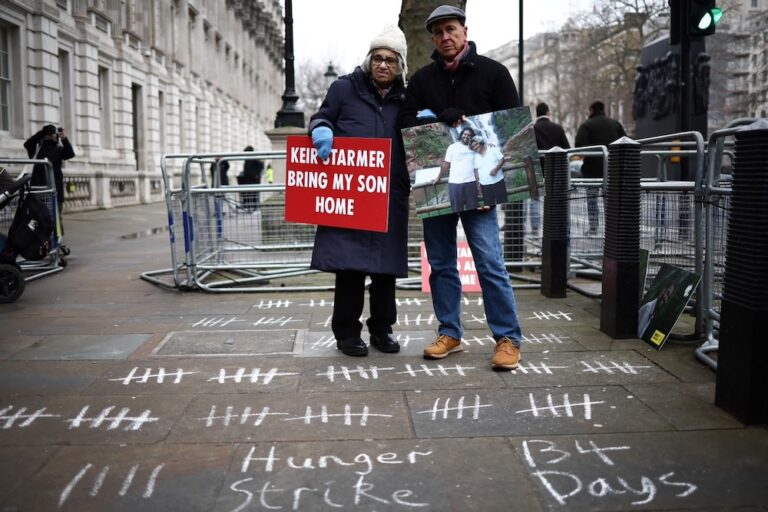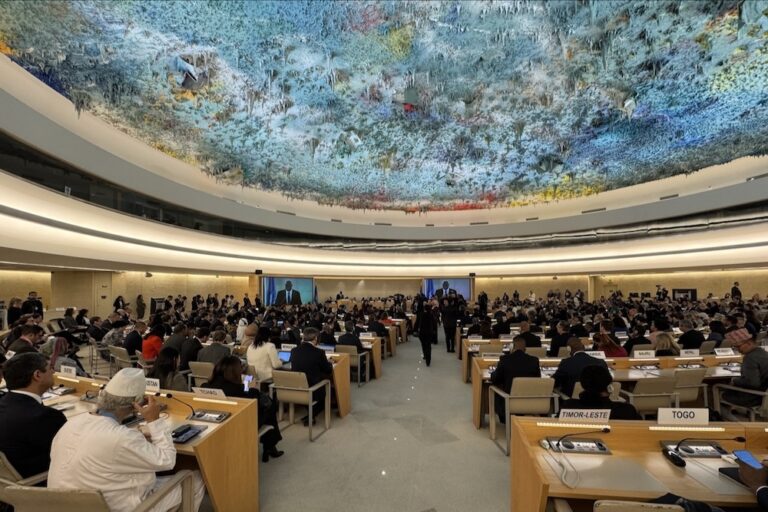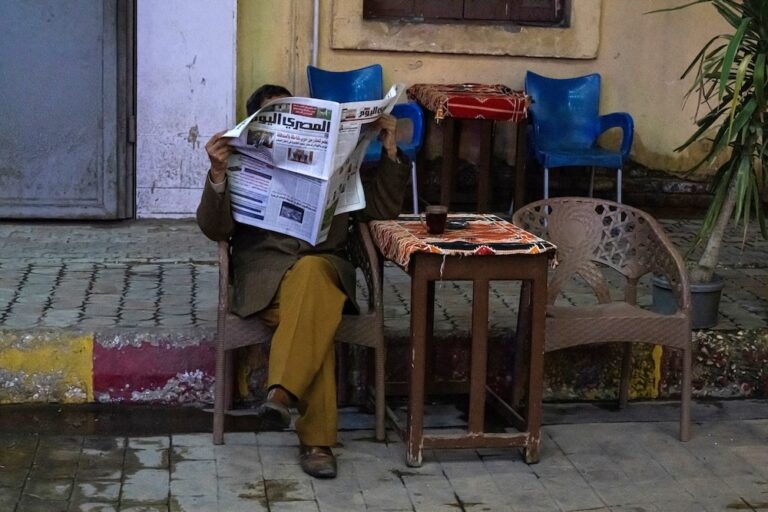(CIHRS/IFEX) – The following is a 6 September 2005 CIHRS press release: Second Report by the CIHRS Media Monitoring Team at the Conclusion of Presidential Campaigns The CIHRS media monitoring team issued today its second report evaluating and analyzing the performance of audio and visual mass media (6 state-owned TV channels and 17 state-owned and […]
(CIHRS/IFEX) – The following is a 6 September 2005 CIHRS press release:
Second Report by the CIHRS Media Monitoring Team at the Conclusion of Presidential Campaigns
The CIHRS media monitoring team issued today its second report evaluating and analyzing the performance of audio and visual mass media (6 state-owned TV channels and 17 state-owned and independent newspapers) during the presidential campaign, which officially ended the day before yesterday.
The main features of the 57-page report (in Arabic) can be summarized as follows:
First, the performance of the mass media was generally biased toward the ruling National Democratic Party (NDP) candidate. The performance of audio and visual mass media was different from state-owned and private mass media.
Second, the performance of state-owned TV channels was more fair and neutral, and less biased, than private channels, and also compared favourably to their performance during the first week of the election campaign.
Channel 2 came out on top of other channels as it only dedicated 18% of coverage, whereas Channel 3 dedicated 29%, to the NDP’s candidate and 71% was dedicated to other candidates. However, private channels dedicated roughly double this amount of time to the NDP’s candidate (69% on Dream and 40% on Al-Mehwar). Coverage by private channels was livelier, helping voters in this way to make an informed decision.
Third, state-owned newspapers, in particular dailies, continued to be flagrantly biased toward the ruling party’s candidate, as they were during the first week of the campaign. This bias reached its peak in al-Gumhurya newspaper (75%) and was least displayed in al-Masaa (55%) and Rossalyousef (53%). The latter, however, criticized other candidates and even almost defamed Ayman Nour.
Fourth, bias on the part of state-owned newspapers was not restricted to dedicating large amounts of space to the NDP’s candidate, but also included qualitative bias, i.e. employment of different forms of journalism to serve this tendency. These forms included the use of pictures, photos, fonts, the position of the news item or report, sometimes mixing opinion and information in news coverage, and also dismissing criticism by other candidates of the NDP’s platform or conduct, while highlighting the praise of prominent officials.
Fifth, Akher Sa’aa was the least biased national weekly newspaper, while Rossalyoussef continued to be antagonistic toward some of the candidates in competition with the NDP’s candidate.
Sixth, Al-Masri El-Youm and Nahdet Masr independent newspapers continued to be neutral and professionally honest in covering electoral campaigns in a positive way. Their neutrality did not result in their election campaign coverage being any less lively. They were also capable of attracting readers, unlike others in the national press who practiced an off-putting neutrality.
Seventh, the Committee on Presidential Elections did not detect any violations. It focused its efforts on confrontation with the judges and human rights NGOs that are supposed to monitor elections. It actually did its best to raise doubts about the credibility and transparency of tomorrow’s elections!
To view the full report, visit:
http://www.cihrs.com/pdf/pre_report17Aug%20_4Sep_EN.pdf


